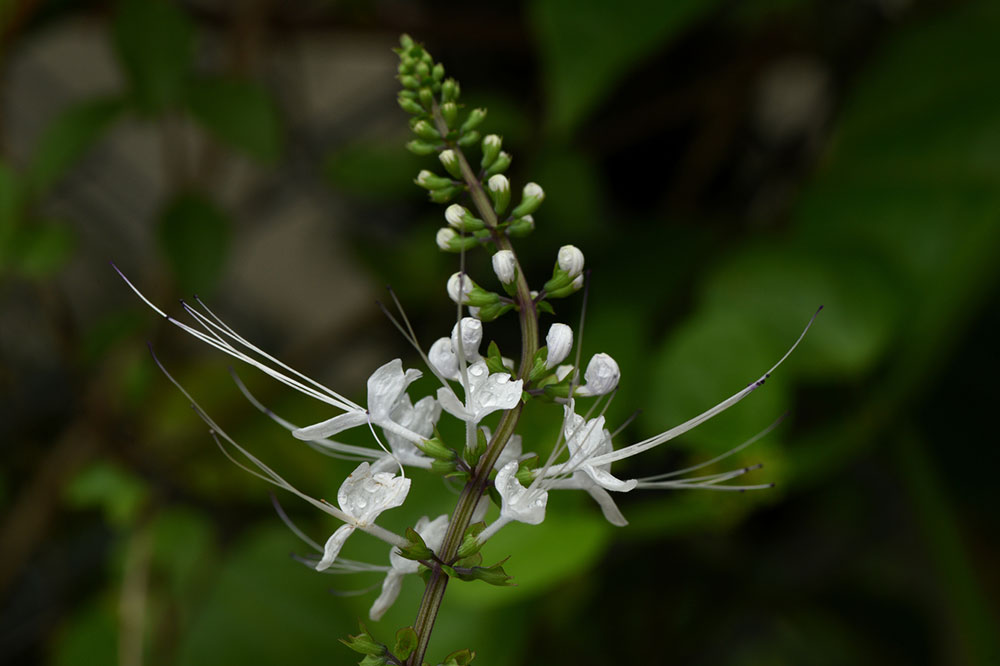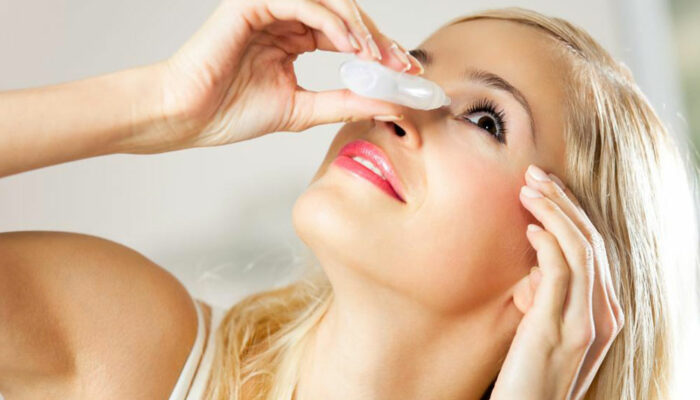
Toxic Houseplants for Cats
Lilies, jade plants, eucalyptus, aloe vera, and hyacinths, placed at strategic locations, make for excellent elements to spruce up your living space. But if you are a pet parent, then understand that you might have to make some changes to this kind of décor. Why? Because these common decorative houseplants are also toxic to your cat. They can get allergic reactions by just sniffing or accidentally ingesting the petals or pollen of these plants. Make sure that you keep your feline companion away from the following decorative plants:
Aloe vera
While aloe vera is a great topical remedy for managing sunburns and skin irritations, the gel of the plant is extremely toxic when ingested by cats or dogs. When consumed, it can cause nausea, vomiting, and even diarrhea in pets. While cats won’t necessarily devour the entire stem of the plant, they may nibble on it, thus releasing the gel and accidentally ingesting it. Therefore, it is advisable to keep this plant out of your cat’s reach.
Lilies
Lilies are a classic favorite in many households. These plants have a certain aesthetic appeal, with many types blending in well with the décor. However, some common types of lilies, including peace, Easter, Asiatic, and tiger lilies, are extremely dangerous for cats. Even ingesting a single petal or accidentally inhaling the pollen can result in acute kidney failure. You will first notice your cat losing its appetite, followed by excessive vomiting as the first signs of the poisoning.
Devil’s ivy
Devils ivy is another great indoor plant that many would love to place in their living rooms. Its unique growth is one of the many reasons why it ranks highly among popular indoor flora options. However, it is also one of the common decorative plants that are highly dangerous for cats, mainly due to certain toxic properties that are present in it. Upon ingestion, immediately noticeable signs of toxicity include foaming at the mouth, vomiting, difficulty in breathing, and swelling of the mouth. Urgent medical attention is advisable to ensure that the toxicity doesn’t spread to the vital organs of your pet.
Hyacinths
Many types of hyacinths are kept as indoor plants, owing to their sweet-smelling properties and pleasant hues. However, they are also highly toxic for your pets; the bulb of the flower, especially, contains concentrated toxins that can result in vomiting, diarrhea, tremors, and more. Certain types of hyacinths can also result in fatalities. Water hyacinths and tulips are the ones that you must consciously avoid having at your house.
If your cat does ingest any of these plants under any circumstance, then pay attention to common signs of discomfort—including vomiting, diarrhea, loss of appetite, pupil dilation, and even excessive licking and scratching—in order to take action swiftly.



